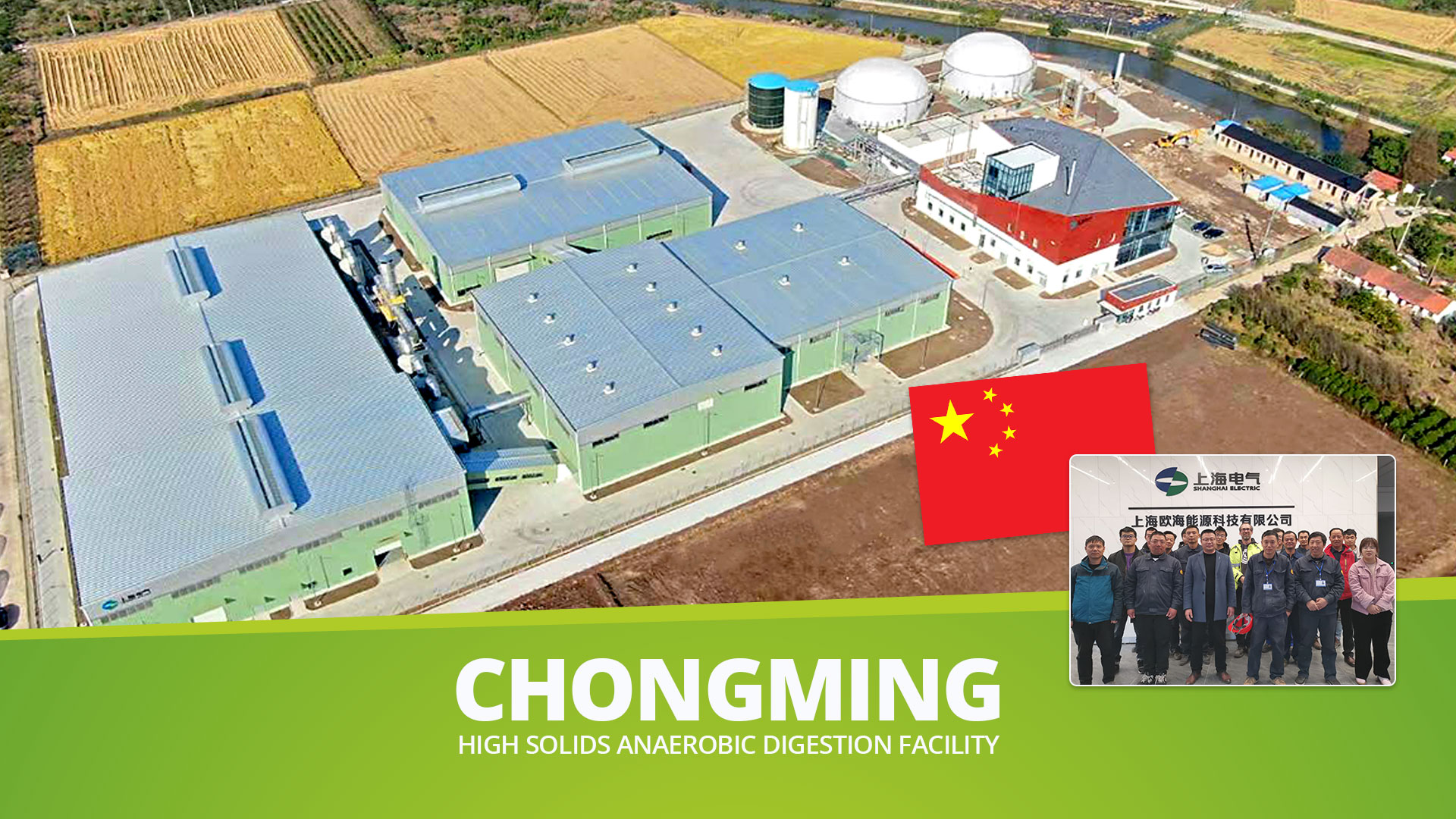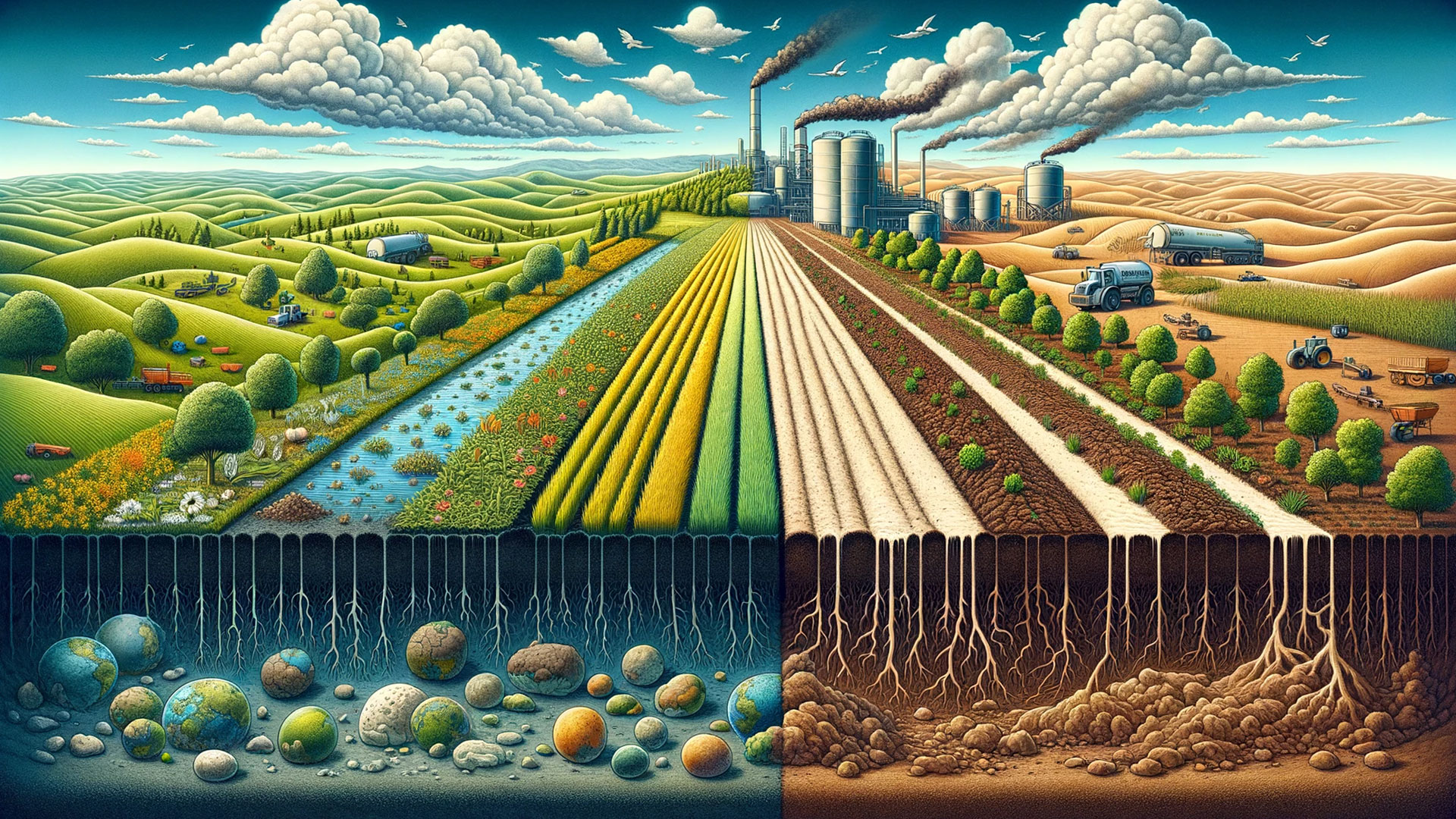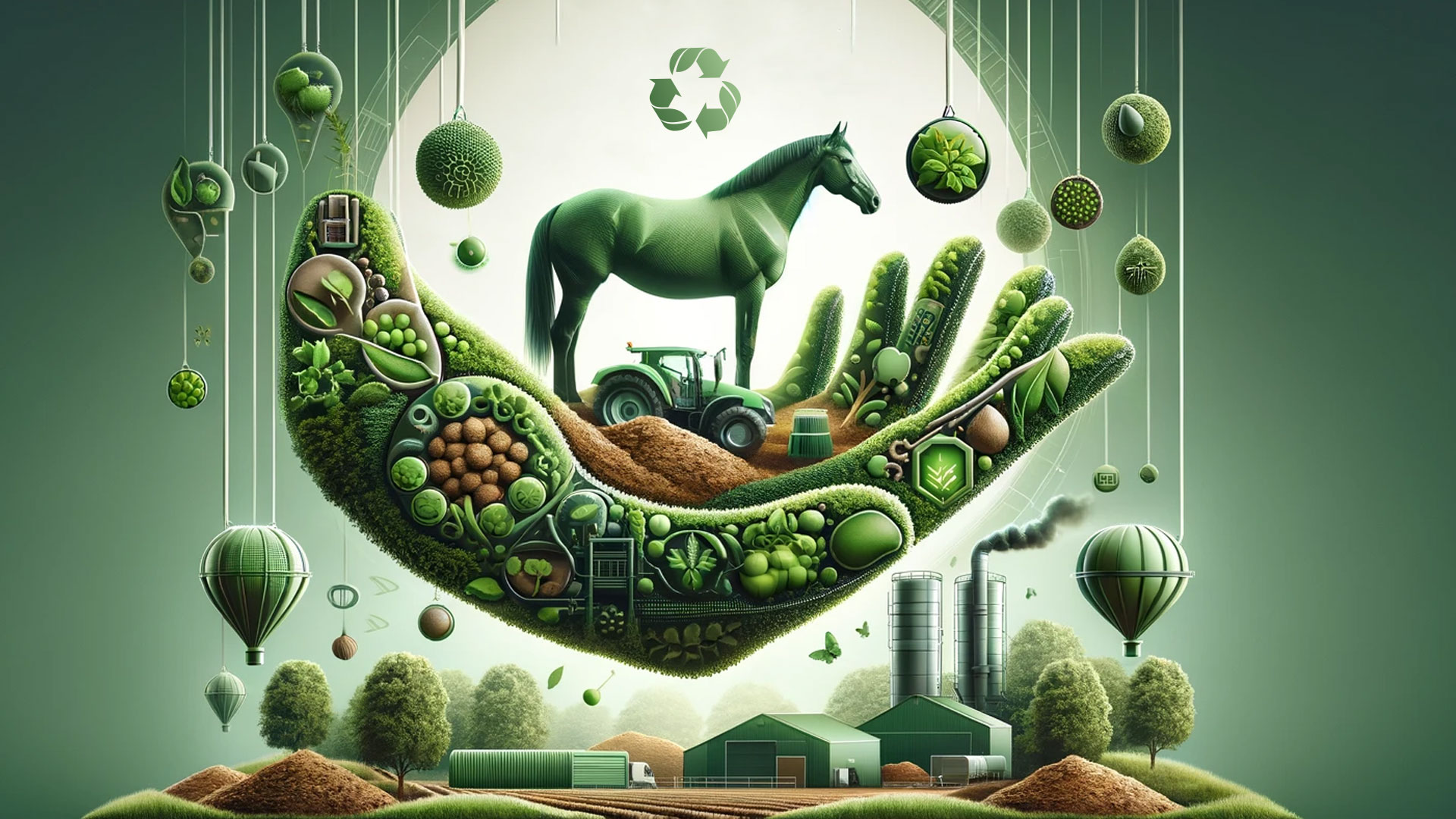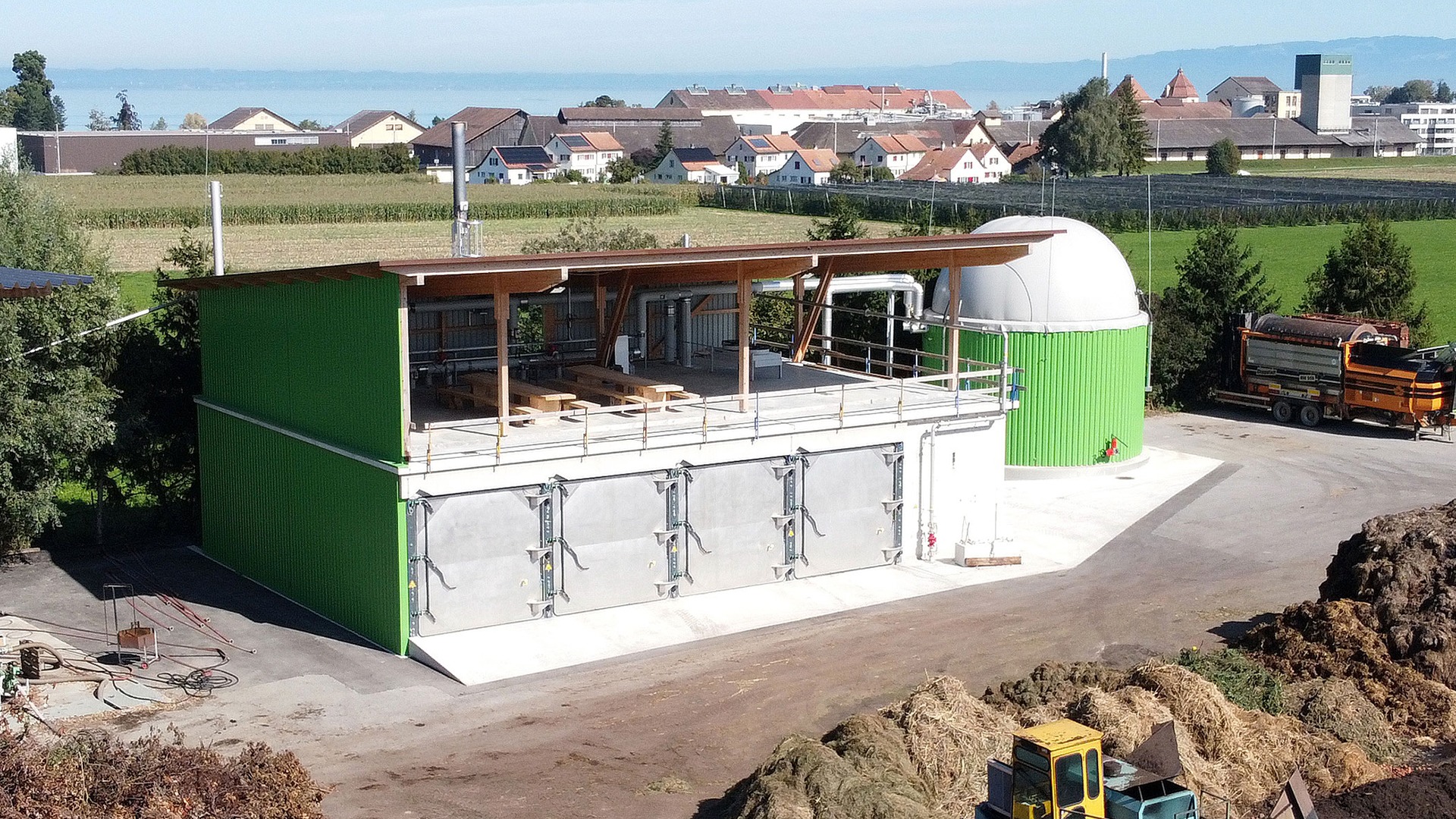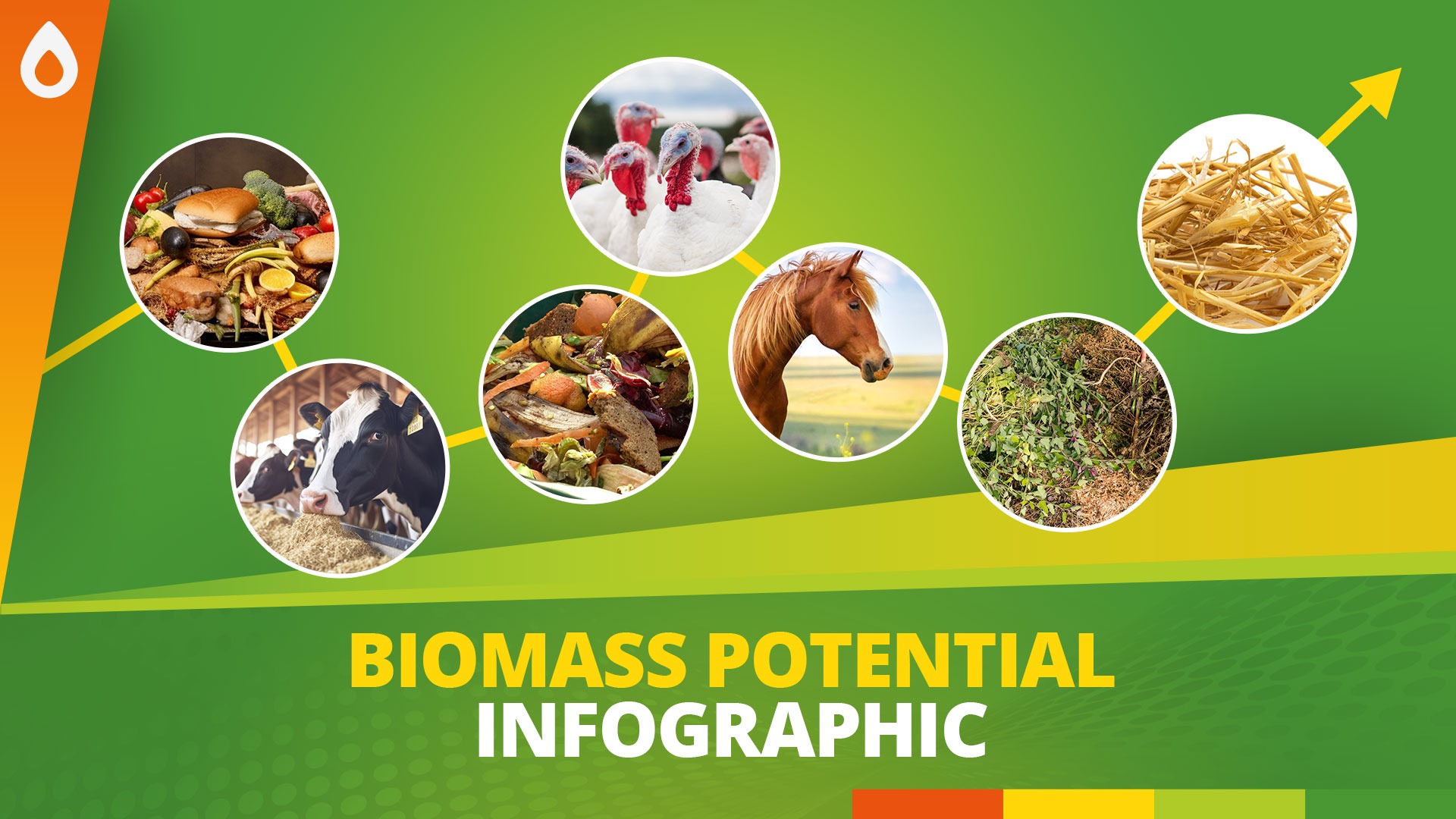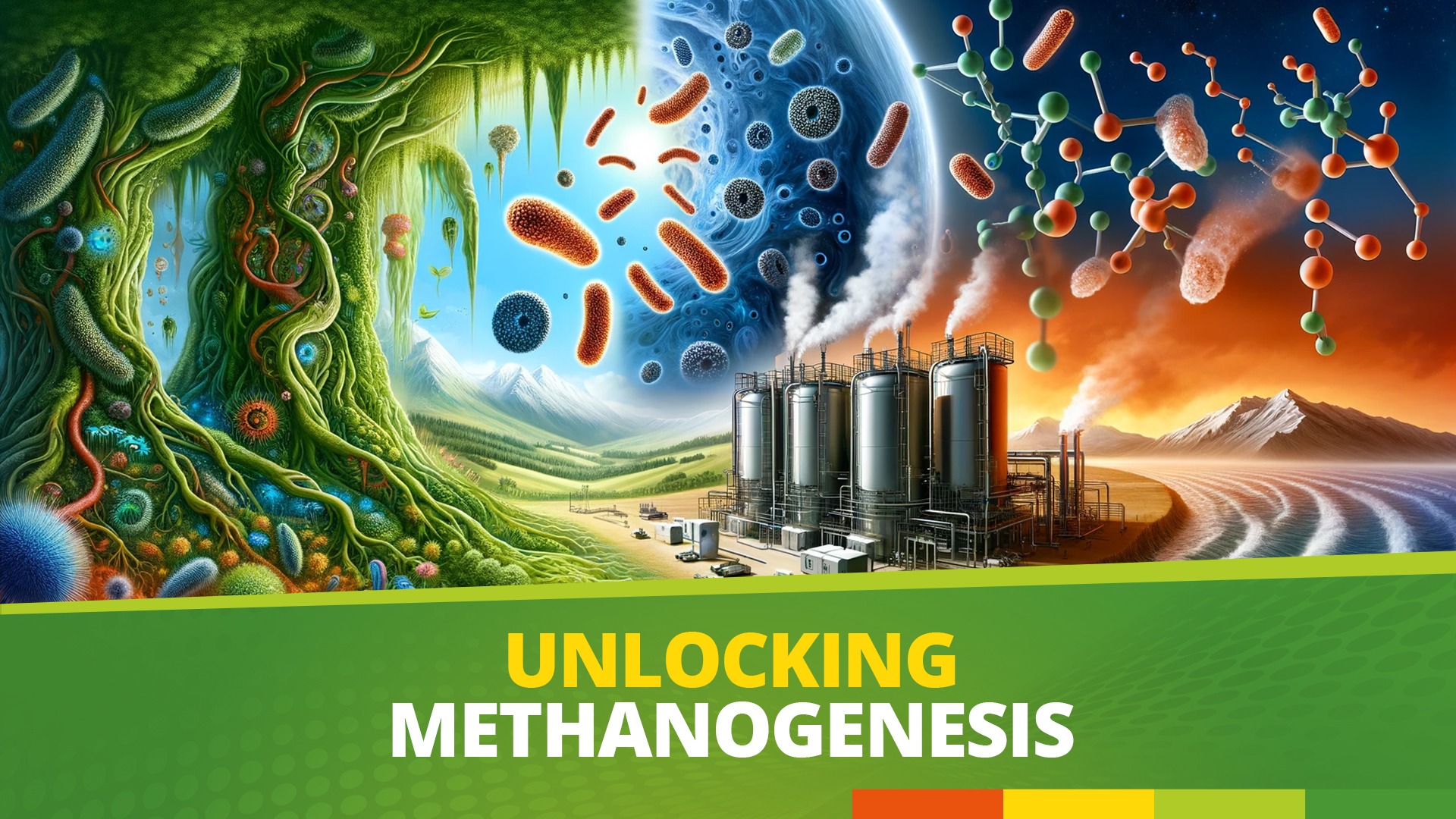Over the last months, we have been very busy with the completion and commissioning of our first huge plant on Chongming Island, near Shanghai. The strict “zero covid” strategy was definitely a challenge in itself. Project-Manager Johannes Warmuth and the local team did an awesome job on site! And, it goes on in China, read more about it soon.
The plant on Chongming Island treats 65,000 t/a of organic material. About 19,000 t/a wheat straw together with 46,000 t/a liquid pig manure being processed. The plant has a zero water concept, which means that all liquid animal manure is consumed by the process, and no surplus liquid will be produced. Dry Anaerobic Digestion is the optimal solution for agricultural and livestock straw.
Biogas is collected from various producers (40 m long fermenter boxes, percolate tank, manure tank), and used for electrical power and heat generation. The heat is used for maintaining the process temperature and providing warm air for the aeration boxes.
- 65.000 t/a of wheat straw & liquid pig manure
- Ø570 kWel / Ø625 kWth power generation
- Post-composting for agricultural use
- 15.900 tCO2-eq/a emission savings
- 1.590.000 planted trees equivalent
All processes that might produce odor (solid/liquid separation, biomass-mixing and aeration/drying) are kept inside the hall, which is ventilated and connected to an air treatment system.
Read more in our press release.
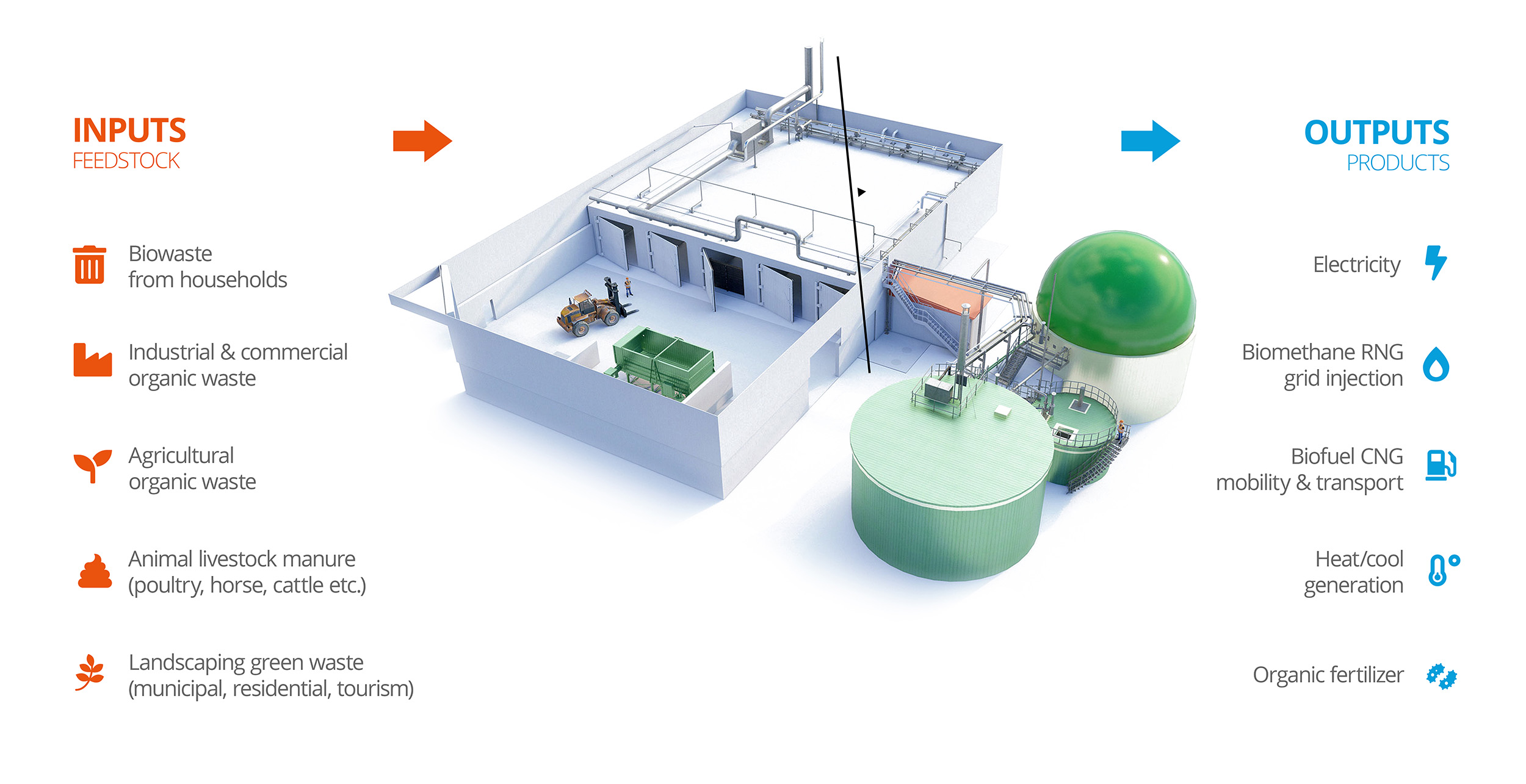
A Sustainable Solution for China’s Agriculture
Biogas technology has already made significant strides in transforming China’s agricultural landscape, but when it comes to selecting the most suitable method for harnessing this potential, dry digestion emerges as a game-changer. This method seamlessly aligns with China’s sustainability goals and resource constraints, offering a multifaceted solution that caters to various aspects of the country’s agricultural and environmental challenges.
One of the most pressing issues in China is water scarcity. Dry digestion is a water-saving alternative to traditional wet digestion methods, making it an ideal choice for a nation that values water conservation. By operating with minimal water requirements, dry digestion not only reduces the strain on water resources but also ensures the sustainability of biogas production, regardless of seasonal fluctuations in water availability. This reliability is particularly crucial for an agricultural sector that experiences pronounced variations in water resources throughout the year.
Energy production is another area where dry digestion shines. It consistently generates biogas with a higher methane content, typically ranging between 60% to 70%. This increased methane concentration translates to higher energy output per unit of feedstock, addressing China’s ever-growing energy demands in a more efficient manner. Versatility in feedstock utilization is a hallmark of dry digestion, making it a natural fit for China’s diverse agricultural operations. It can effectively process a wide array of organic materials, from crop residues to animal manure and various agricultural waste products. This flexibility ensures that China can tap into its abundant feedstock resources, maximizing the benefits of biogas technology.
Moreover, dry digestion significantly contributes to China’s efforts to mitigate greenhouse gas emissions. By drastically reducing methane emissions from organic waste, this technology captures and utilizes methane for energy, preventing its release into the atmosphere. This not only helps combat climate change but also aligns perfectly with China’s environmental goals.
Comprehensive Resource Utilization
The advantages of dry digestion extend beyond biogas production. This method generates valuable co-products such as compost and high-quality organic fertilizers, embodying the principles of a circular economy. Minimizing waste and maximizing resource utilization is essential for achieving long-term environmental sustainability. Scalability and adaptability are inherent features of dry digestion systems, making them suitable for both small-scale farms and large commercial enterprises across China. This ensures that biogas technology can be embraced by a wide range of agricultural operations, contributing to the widespread adoption of sustainable farming practices.
Lastly, dry digestion enhances soil health by producing nutrient-rich digestate, reducing the need for chemical fertilizers. This aligns seamlessly with China’s vision for eco-friendly agriculture and sustainable farming practices, promoting a healthier and more productive soil ecosystem.
In conclusion, dry digestion represents the optimal choice for China’s agricultural sector, addressing critical issues such as water scarcity, energy production, greenhouse gas emissions, resource efficiency, and sustainable farming practices. By embracing dry digestion, China can harness its organic waste resources effectively, paving the way for a cleaner, greener, and more sustainable future for agriculture in the country. This technology not only benefits China but also serves as a beacon of hope for a world striving for more environmentally friendly agricultural practices. (Biogas China)
